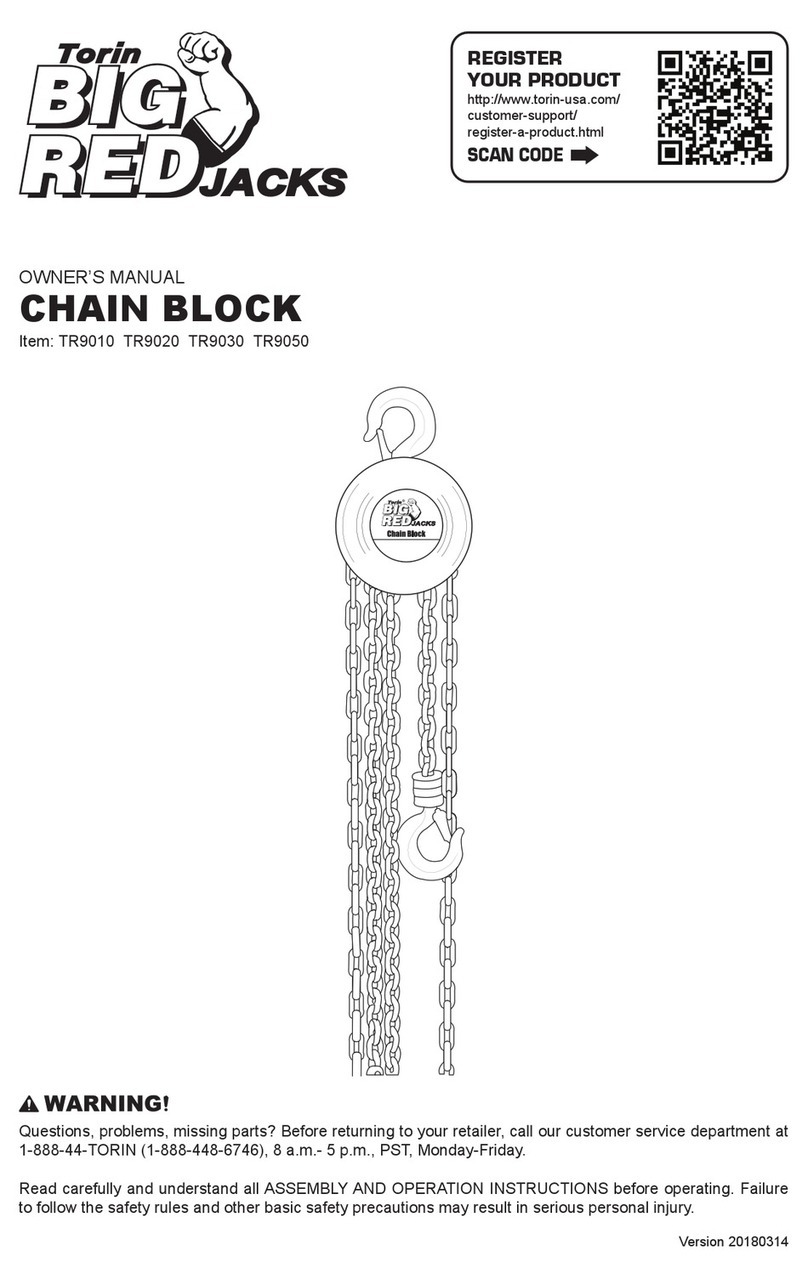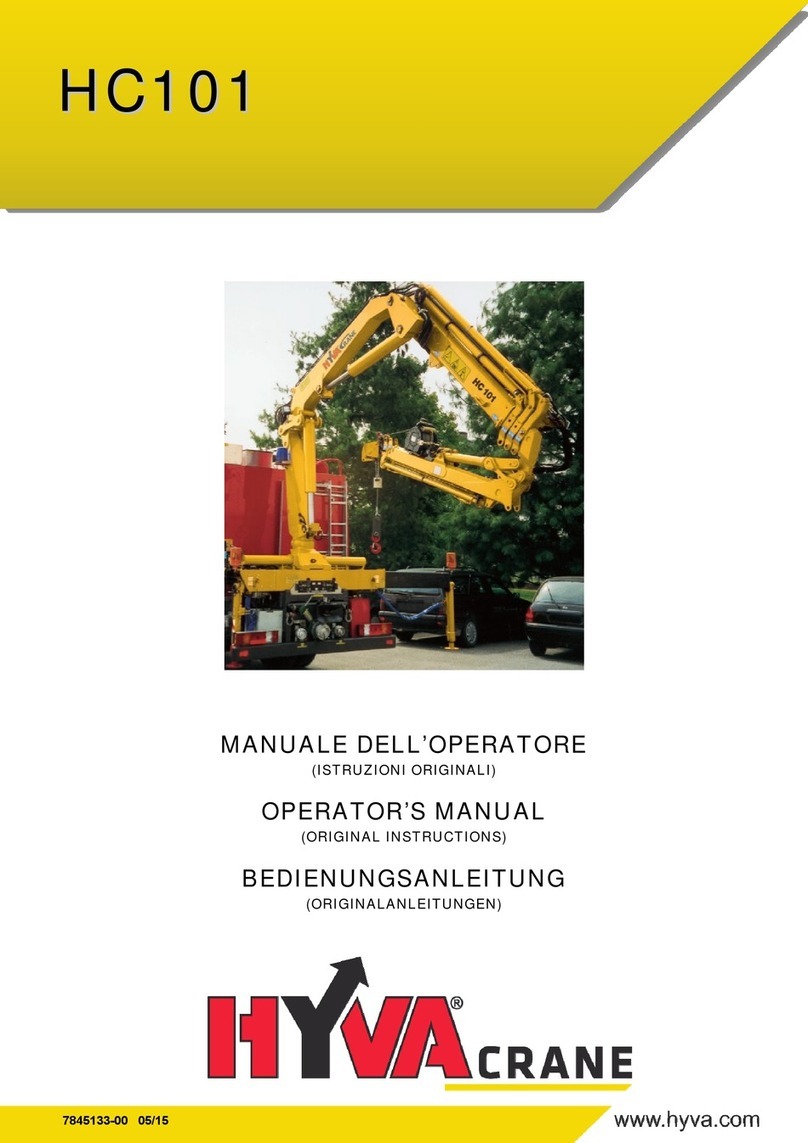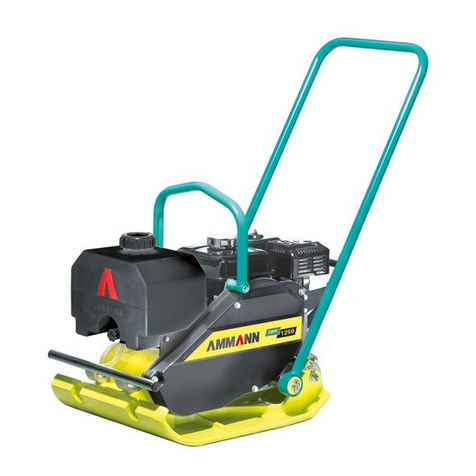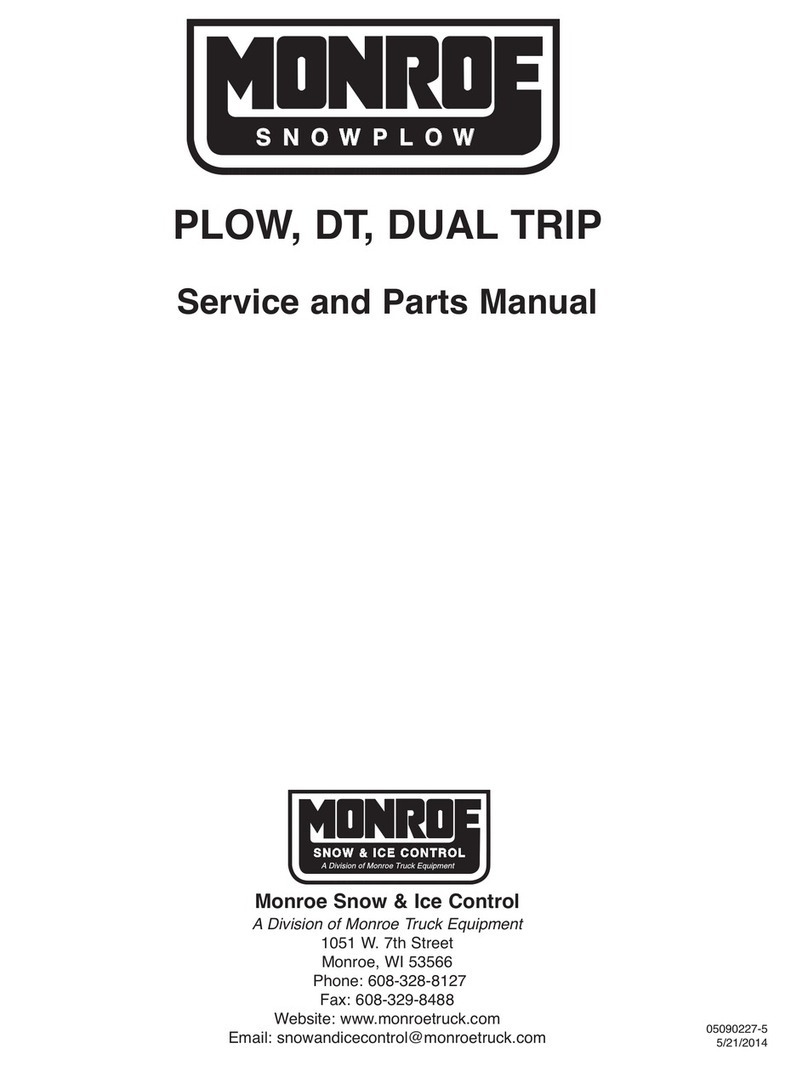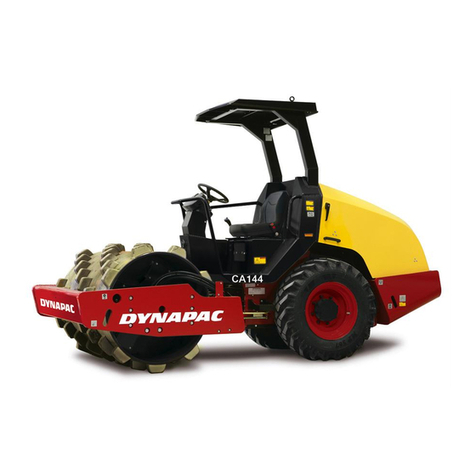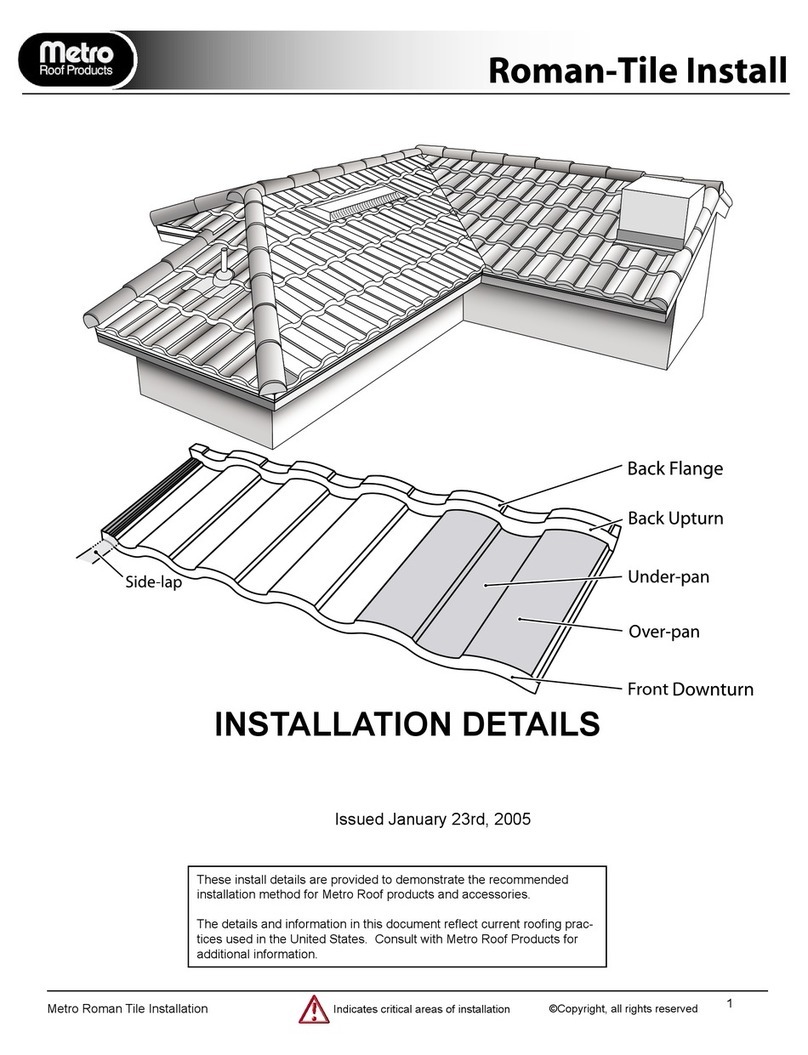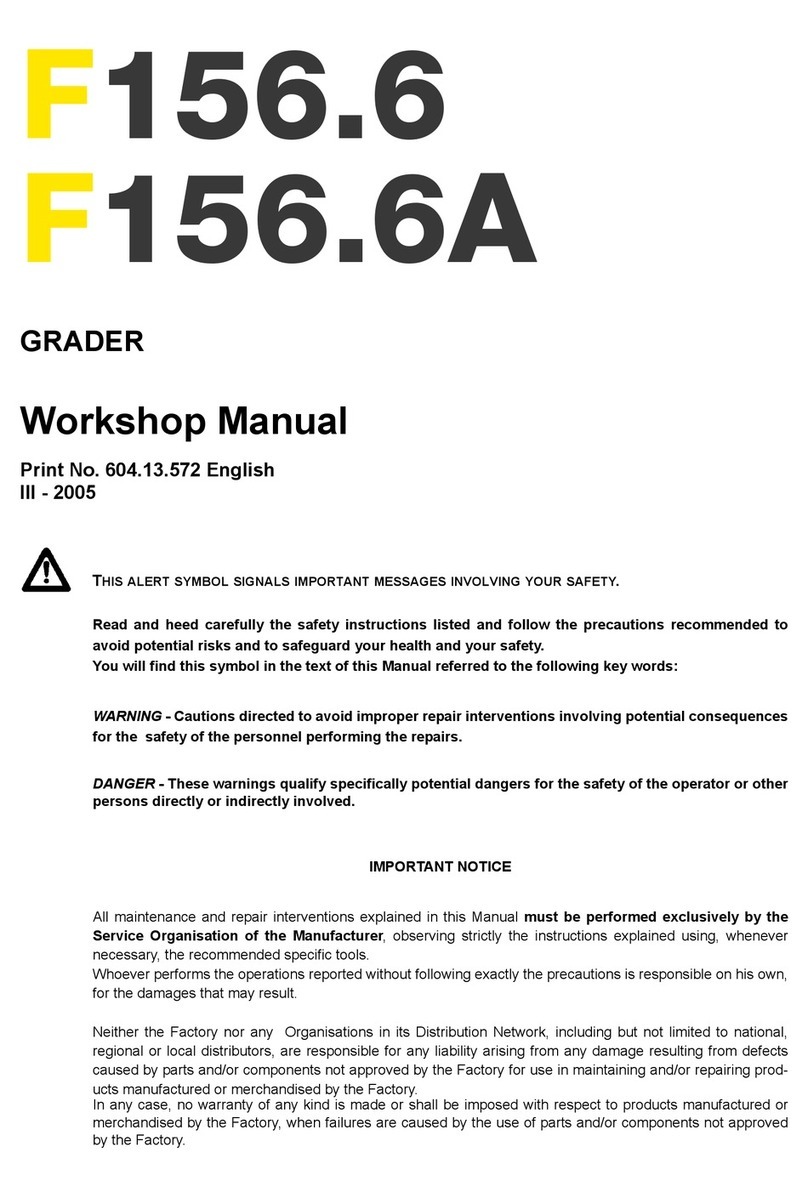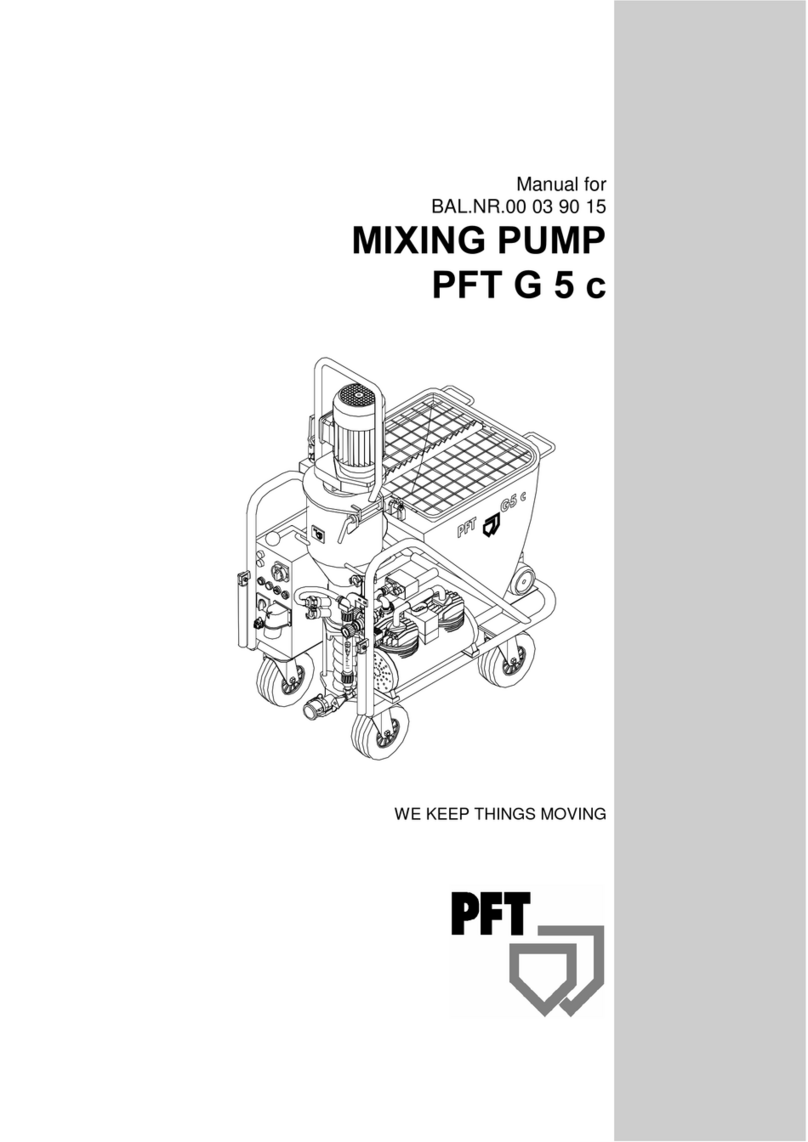Ssab HARDOX 400 User manual

Cutting of HARDOX wear plate
Oxygen fuel cutting of HARDOX wear plate
is as simple as cutting of regular Mild Steel.
When cutting of thicker HARDOX plates special
attention is needed. For thick and hard plates the
risk of developing cut edge cracks increases. By
following the recommendations and guidelines
given below cut edge cracking and component
softening can be prevented.
Cutting methods
HARDOX wear plate can very well be cut
using both cold and thermal cutting methods.
The cold methods are abrasive water jet cut-
ting, shearing, sawing or abrasive grinding,
while thermal methods are oxy-fuel, plasma
and laser cutting.
This leaflet contains general suggestions and calculation models. SSAB Oxelösund AB does hereby expressly exclude any liability whatsoever for
their suitability for individual applications. It is the responsibilty of the user of the manual to adapt the recommendations contained herein to the
requirements of individual applications.
1000
CO2Laser
Plasma
Oxy-fuel
1.5 kW
3.0 kW
4.0 kW
100 A
200 A
600 A
Thickness range for different cutting methods
Plate thickness [mm]
10 1001 1000
Abrasive
water jet
cutting
General features for different cutting methods
Cutting method Cutting speed Kerf HAZ Dim. tolerance
Abrasive water-jet cutting 8 –150 mm / min 1– 3 mm 0 mm ± 0,2 mm
Laser cutting 600
– 2200 mm / min < 1 mm 0,4 – 3 mm ± 0,2 mm
Plasma cutting 1200
– 6000 mm / min 2– 4 mm 2– 5 mm ± 1,0 mm
Gas cutting 150
– 700 mm / min 2– 5 mm 4 –10 mm ± 2,0 mm
Table 1
Diagram 1

Cut edge cracking
Cut edge cracking is a phenomenon that is closely related to hydrogen
cracking in welds and occurs when thermal cutting methods are used. If cut
edge cracks should occur, they will become visible between 48 hours
and up to several weeks after the cutting. So cut edge cracking can be re-
garded as delayed cracking. The risk of cut edge cracking increases with the
steel hardness and plate thickness.
Preheating
Preheating prior to cutting is the best way
of eliminating the risk of cut edge cracking.
Preheating is most commonly applied prior
to oxy-fuel cutting. As shown in Table 2, the
preheating temperature depends on the steel
grade and the plate thickness.
Preheating can be carried out by means
of burner lances, electric heating mats
or by heating in a furnace. The required
temperature should be measured on the
opposite side from that at which heating
takes place.
N.B. It is important to maintain a low
temperature gradient across the plate cross-
section in order to avoid local overheating at
the contact area of the heat source.
Low cutting speed
Another way of avoiding cut edge cracking is
to maintain a low cutting speed. This could
be an alternative if preheating cannot be
carried out. Cutting at low speed is less reli-
able than preheating for preventing cut edge
cracking. If preheating is not employed, the
maximum permissible cutting speed depends
on the steel grade and the plate thickness, as
shown in Table 3.
A combination of preheating and low cut-
ting speed is recommended for reducing fur-
ther the susceptibility to cut edge cracking.
Table 2.
Preheating
of HARDOX
prior to oxy-
fuel cutting.
Table 3.
Maximum cutting peed, mm / minute, if no
preheating is employed in oxy-fuel cutting.
Preheating
using the Linde
blow pipe sys-
tem.
Grade Plate thickness Preheating temp.
HARDOX HiTuf ≥90 mm 100�C
HARDOX 400 45
– 59,9 mm
60 – 80 mm
> 80 mm
100�C
150�C
175�C
HARDOX 450 40
– 49,9 mm
50 – 69,9 mm
70 - 80 mm
100�C
150�C
175�C
HARDOX 500 30
– 49,9 mm
50 – 59,9 mm
60 – 80 mm
100�C
150�C
175�C
HARDOX 550 20
– 50 mm 150�C
HARDOX 600 12
– 29,9 mm
30 – 50 mm
150�C
175�C
Plate thickness HARDOX 400 HARDOX 450 HARDOX 500 HARDOX 550 HARDOX 600
≤12 mm no restrictions no restrictions no restrictions no restrictions no restrictions
≤15 mm no restrictions no restrictions no restrictions no restrictions 300
mm / min
≤20 mm no restrictions no restrictions no restrictions no restrictions 200
mm / min
≤25 mm no restrictions no restrictions 300 mm/min 270
mm / min
180
mm / min
≤30 mm no restrictions no restrictions 250
mm / min
230
mm / min
150
mm / min
≤35 mm no restrictions no restrictions 230
mm / min
190
mm / min
140
mm / min
≤40 mm no restrictions 230
mm / min
200
mm / min
160
mm / min
130
mm / min
≤45 mm 230
mm / min
200
mm / min
170
mm / min
140
mm / min
120
mm / min
≤50 mm 210
mm / min
180
mm / min
150
mm / min
130
mm / min
110
mm / min
≤60 mm 200
mm / min
170
mm / min
140
mm / min -
-
≤70 mm 190
mm / min
160
mm / min
135
mm / min
- -
≤80 mm 180
mm / min
150
mm / min
130
mm / min -
-
>80 mm
Preheating - - -
-

Slow cooling
Regardless of whether or not preheating of
the cut parts is employed, a slow cooling
rate will reduce the risk of cut edge crack-
ing. Slow cooling can be achieved if the parts
are stacked together while still warm from
the cutting process, and are covered with an
insulating blanket. Allow the parts to cool
slowly down to room temperature.
Post-heating
Heating of the parts immediately after
cutting is another method that can be used.
This will prolong the time at temperature
to allow the hydrogen to escape from
the plate and, to some extent, reduce the
residual stresses at the cut edge. The soaking
temperature should be the same as that given
in Table 2, and the soaking time should be at
least 5 minutes per mm of plate thickness.
Burner lances, electric heating mats or heat
treatment in a furnace can be used for post-
heating.
Diagram 2
Submerged cutting.
Reducing the risk of softening
The resistance of the steel to softening de-
pends on its chemistry, microstructure and the
way in which it has been processed.
The smaller the part that is thermally cut,
the greater the risk of the whole component
being softened. If the temperature of the steel
will be reduced, according to diagram 2.
Cutting method
When small parts are cut, the heat supplied
by the cutting torch and by preheating will be
accumulated in the workpiece. The smaller
the size of the cut part, the greater the risk of
softening. When oxy-fuel is used for cutting
30 mm or thicker plate, the rule of thumb is
that there is risk of loss of hardness of the
entire component if the distance between two
cuts is less than 200 mm.
The best way of eliminating the risk of
softening is to use cold cutting methods, such
as abrasive water jet cutting. If thermal cut-
ting must be performed, laser or plasma cut-
ting is preferable to oxy-fuel cutting.
This is because oxy-fuel cutting supplies
more heat and thus raises the temperature of
the workpiece.
Submerged cutting
An effective way of limiting and reducing
the extent of the soft zone is to water-cool
the plate and the cut surfaces during the cut-
ting operation. This can be done either by
submerging the plate in water or by spraying
water into the cut during cutting. Submerged
cutting can be done both in plasma cutting
and in oxy-fuel cutting.
Some advantages offered by
submerged cutting are listed below.
whole component
cutting
650
600
550
500
450
400
350
300
Surface hardness vs. tempering temperature
Tempering temperature, [�C ]
100 150 200 250 300 350 400 450
HARDOX 600
HARDOX 500
HARDOX 400
Hardness HBW
650
600
550
500
450
400
350
300

HARDOX wear plate only from SSAB Oxelösund.
HARDOX is a registered trademark of SSAB Oxelösund.
SSAB Oxelösund AB
SE-613 80 Oxelösund
Sweden
Phone +46 155 25 40 00
Fax +46 155 25 70 73
www.ssabox.com
www.hardox.com
The latest version of this document can be downloaded from www.ssabox.com/techsupport
TS-16-cutting-UK-v3-2007. Österbergs & Sörmlandstryck, Nyköping. Art. nr. 5284251
Avoiding both softening and cut
edge cracking when oxy-fuel
cutting small parts from thick
HARDOX plate
When small parts are cut by oxy-fuel from
thick HARDOX plate, there is risk of soften-
ing as well as cut edge cracking. This is best
avoided by submerged cutting at low cutting
speed in accordance with Table 3.
For thermal cutting of HARDOX 600, see
specialinformationsheet–TechSupport#23.
This manual suits for next models
4
Other Ssab Construction Equipment manuals
Popular Construction Equipment manuals by other brands
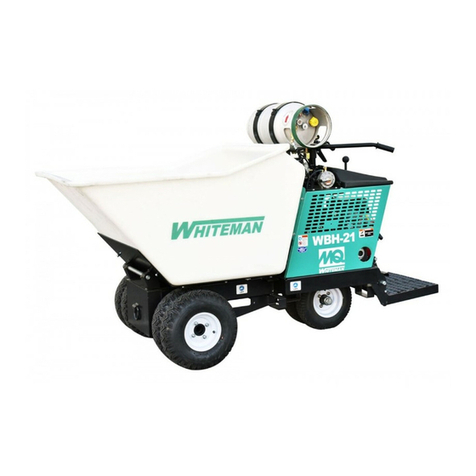
MULTIQUIP
MULTIQUIP Whiteman series Operation and parts manual
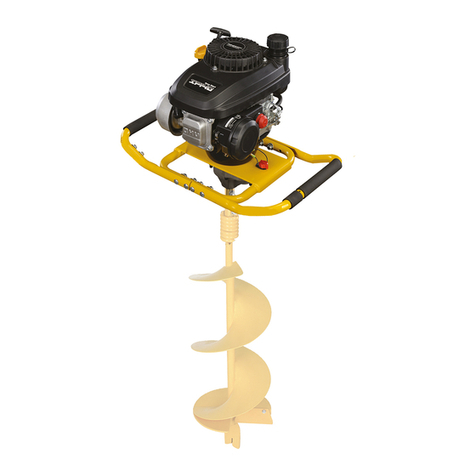
Lumag
Lumag EB400PRO Operator's manual

Stone
Stone CHAMPION 465PM Operator's manual
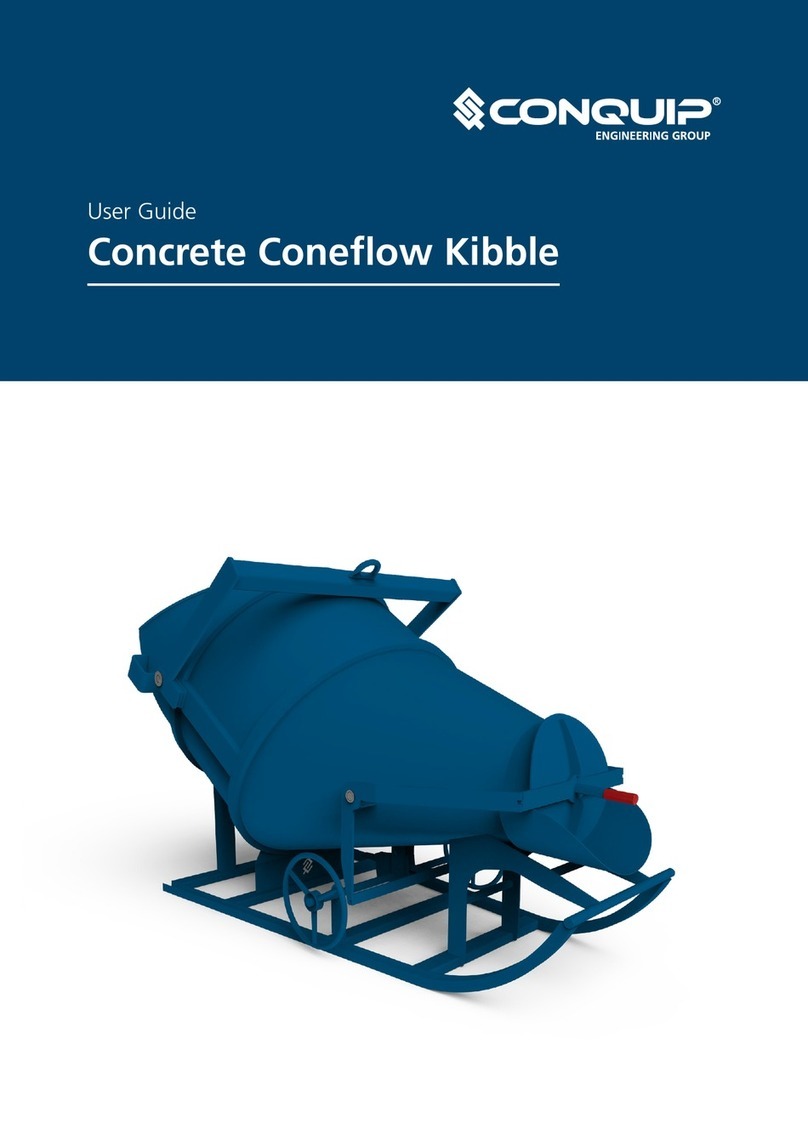
Conquip
Conquip Concrete Coneflow Kibble 500 user guide
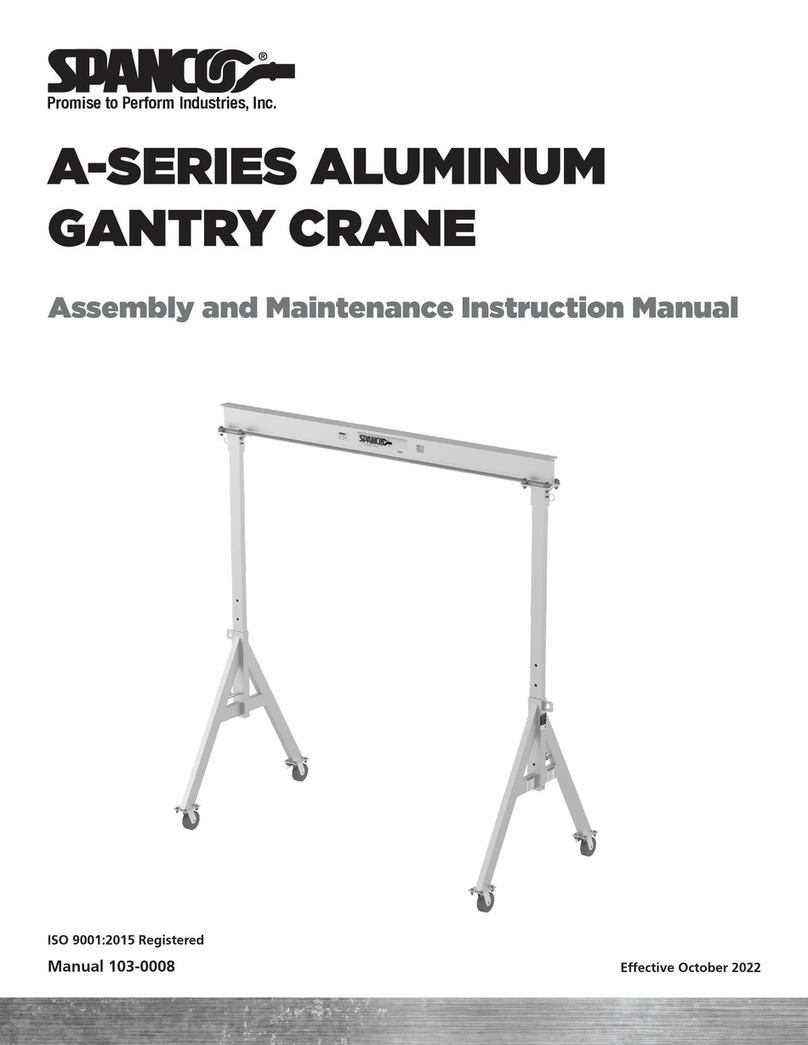
Spanco
Spanco A Series Assembly and maintenance instruction
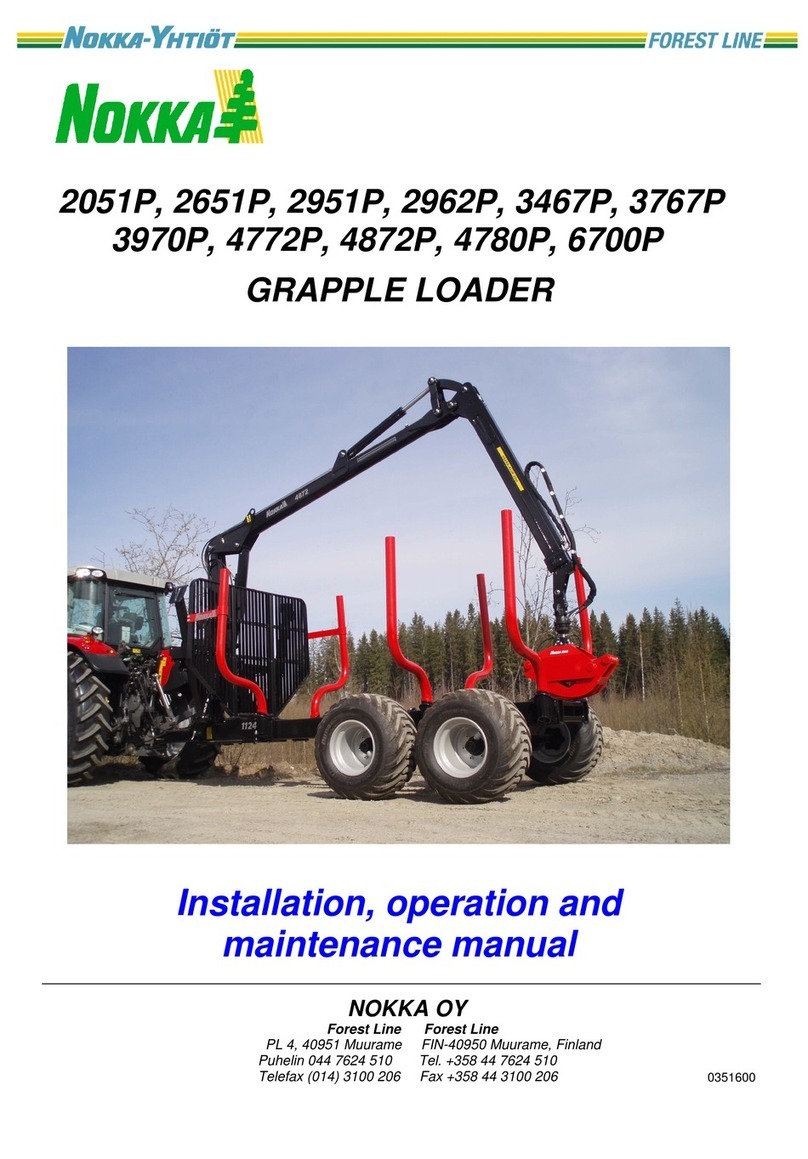
nokka
nokka 2051P Installation, operation and maintenance manual

